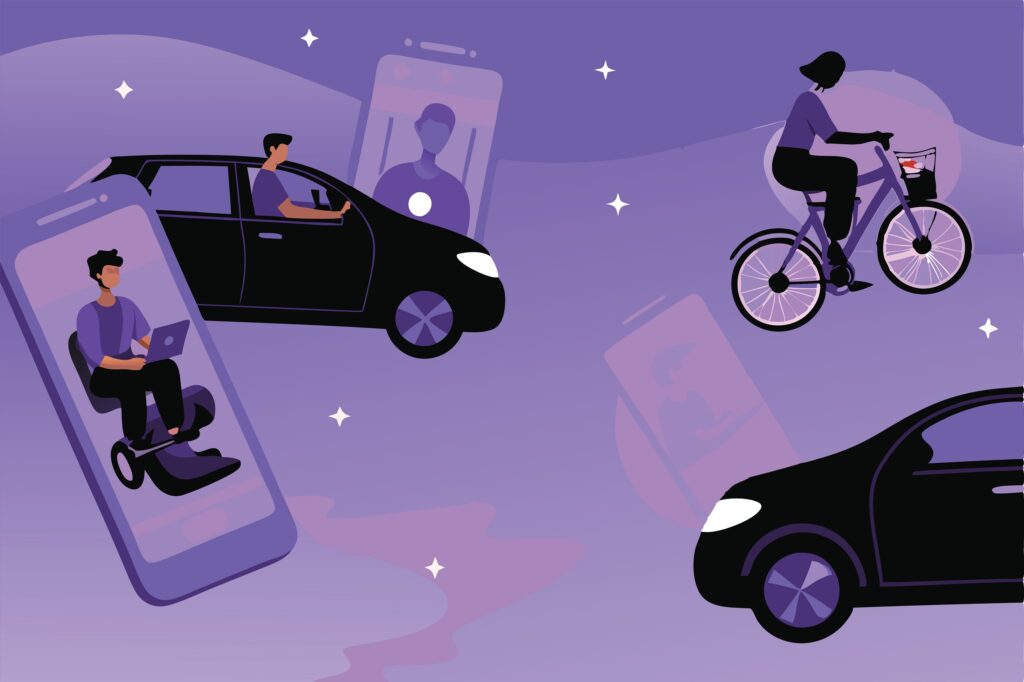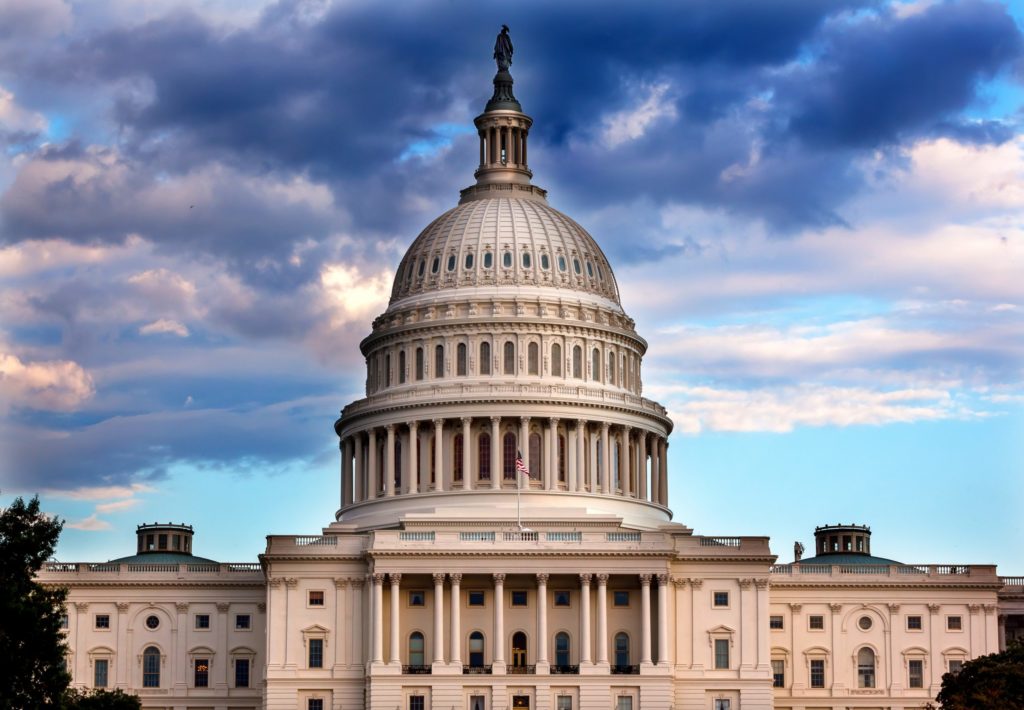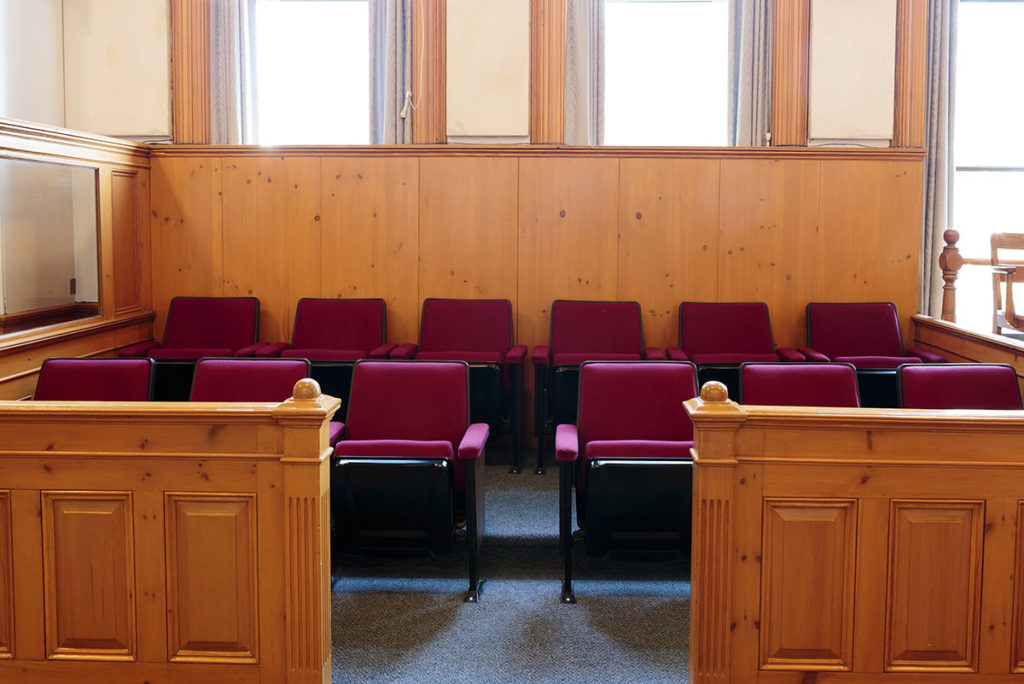Finding a 21st century system for booze
Traverse City, Michigan (population 15,000), is a gorgeous bay town near the northern end of Lake Michigan. The town, which oozes charm, has very good restaurants and genial denizens. In the autumn, both salmon and steelhead run through the Boardman River, which snakes through town.
But Traverse City also was a slightly amusing choice for the National Conference of State Liquor Administrators meetings that I attended there last week. The Great Lakes have a long history of rum-running, as Edward Butts details in his diverting 2004 book “Outlaws of the Lakes: Bootlegging and Smuggling from Colonial Times to Prohibition.” Three centuries ago, Antonione Alumet de la Mothe Cadillac, best-known for founding Detroit, peddled massive quantities of illicit brandy from his stronghold in Mackinac, 100 miles north of Traverse City.
The NCSLA meets a few times each year. Among other things, the meetings are an opportunity for both drinks regulators and the regulated drinks makers to meet and talk policy. Every state has its own ways of managing drinks, some of which work better than others. So the meetings also are an opportunity for the booze-acrats to share information and advice about how to improve their regulations and better do their jobs.
Despite diversity among the states, every one of them has a three-tier drinks system. There are producers (brewers, distillers and vintners), wholesalers and retailers (shops, bars and restaurants). Anyone who operates in one tier of the system is not supposed to operate in another tier.
The three-tier system arose after Prohibition. Certainly, it is better than the tied house system. The last thing consumers want are mega-producers buying up all the shops and bars and allowing them only to stock mega-drinks. Buy with each passing year, the three-tiered is looking a little more anachronistic.
In fact, the system has always been less than perfect. Sometimes, the problems arise from a failure to police the tiers fully to keep them separate. Producers have been caught cutting deals with wholesalers to favor particular products. Some wholesalers try to persuade retailers to carry certain brands of drinks by offering stuff – like free refrigerators or tap lines for bars. There have been retailers who have been more than happy to have their palms greased with free gifts and trips.
Other longstanding problems arise when commonsense is trumped by three-tier rules. For example, the Demosthenes Greek-American Democratic Club in Massachusetts was holding a private party one night and ran out of drinks. So they went to a liquor store and bought more. The club got cited and hauled in front of regulators. The crime? Not buying the drinks from a wholesaler – nevermind that the liquor store already had bought the drinks from a wholesaler.
As the NCSLA conference presentations made clear, new challenges also are rocking the three-tier system. The rise of alco-tourism has chipped away at it. When people visit breweries, distilleries and wineries, they want to taste and buy the beverages made on-site. Lately, state governments have allowed more and more drinks producers to sell directly to the public, instead of forcing customers to go to a drinks shop.
Alco-tourism is lucrative. Napa and Sonoma have been raking in bucks from wine tourism since the 1970s, but beer and spirits tourism is of far more recent vintage in America, and is booming. A great many of these new drinks producers are small businesses, and state legislators understand that forbidding them to sell directly to visitors makes staying in business even harder. Drinks-making requires putting a lot of capital upfront in hopes for future profit.
The internet also continues to disrupt the three-tier system in a big way. It enables buyers and sellers to connect directly. Indeed, it has been reported that perhaps 70 percent of online wine sales in Michigan are illicit. The sellers (often small, out-of-state wineries) simply have not registered with the state government and paid for a license to ship directly to consumers. Mothe Cadillac would be thrilled, and consumers love it; but state authorities and wholesalers are not happy.
Illicit alcohol markets are opening up natiowide. One can buy directly from stores or from individuals via the web. Drinks shipments are flowing between states and arriving from overseas. Antique liquors are being swapped and sold online. The internet is not going away; nor is the attitude that it encourages among consumers: I want what I want and I want it now.
Liquor administrators already have difficult jobs. Legislatures frequently pass vague or half-baked statutes, leaving the booze-acrats to figure out how to make them work. As the years pass, drinks laws are layered one upon another. There is more work to do, but giving more tax dollars to regulators is not a big sell with the public. Administrators’ time and resources are squandered ensuring bars don’t have happy hours, stores don’t offer coupons for wine and brewers dare not print beer labels showing Santa Claus – or even an elf.
Drinks administrators aren’t supposed to pick and choose which laws to enforce, but the recent disruptions to the three-tier system will only make their work more complicated. The changing world will throw more and more curveballs at the three-tier system, so we need to figure out what a 21st century drinks system should look like. Fast. Perhaps that should be the subject of a forthcoming conference.
Image by Everett Collection









